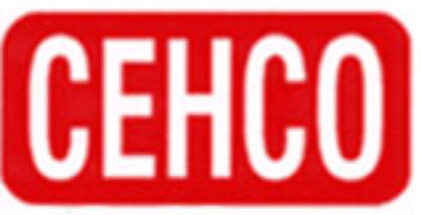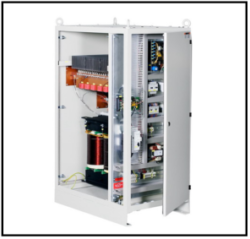Silicon Controlled Rectifiers (SCRs) are semiconductor devices widely employed in power electronics, particularly as rectifiers. Here are key characteristics that define the functionality and utility of SCR rectifiers:
- Unidirectional Conduction:
- SCRs allow current flow in only one direction, making them suitable for converting AC to DC in rectification circuits.
- Triggering Mechanism:
- SCRs remain in an off state until triggered by a specific gate signal. This controlled triggering enables precise control over the rectification process.
- Rectification:
- SCRs perform rectification by allowing the passage of current during specific intervals of the AC waveform, ensuring the conversion of alternating current to direct current.
- Controllability:
- The triggering mechanism provides a means to control the output voltage and current, making SCRs well-suited for applications requiring variable DC output levels.
- High Power Handling:
- SCRs are known for their robustness and capability to handle high power levels, making them suitable for industrial applications with heavy load requirements.
- Reliability:
- SCRs offer high reliability and stability in operation, contributing to their widespread use in power systems where consistent performance is critical.
- Applications in Motor Drives:
- SCRs find applications in motor drives, allowing for controlled power delivery to electric motors and facilitating variable speed control.
- Battery Chargers and Power Supplies:
- In battery chargers and power supplies, SCRs contribute to efficient rectification and controlled DC output.
- Industrial Systems:
- Due to their robust nature, SCRs are commonly employed in various industrial systems, ensuring dependable performance in demanding environments.
In summary, SCRs are characterized by their unidirectional conduction, controllable triggering mechanism, rectification capabilities, high power handling, and reliability, making them integral components in diverse applications within the realm of power electronics.

